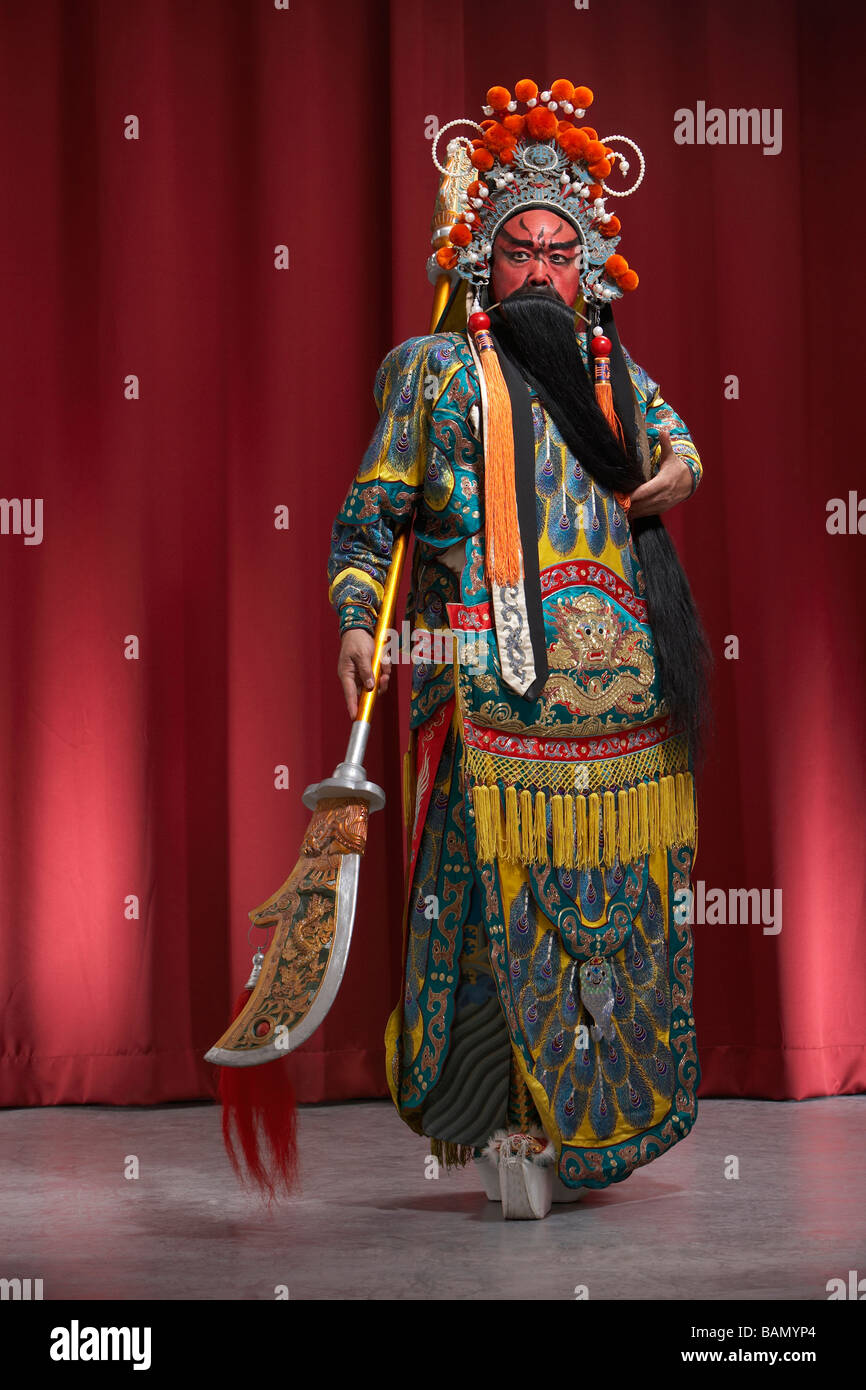
Under the influence of Emperor Qianlong and later encouraged by Empress Dowager Cixi, Peking Opera underwent a number of changes, introducing features from other operas and creating many unique characteristics in singing, gesturing, martial arts, costumes and facial makeups. The Anhui-style opera also became known as Jingxi, or “Capital Opera,” but it’s called Peking Opera in English. Later, the Anhui-style opera became so popular that it began to replace Kunqu Opera as the preeminent opera form in the capital.

So, they were asked to stay and perform in Beijing for some more time. Thanks to their fresh styles in singing, acting and music, the performances of the “Great Four Anhui Troupes” instantly captivated audiences in the capital, including Emperor Qianlong. Originating in east China, their performance had incorporated features, singing and performing techniques, melodies and even plays from several other forms of opera, such as Han Opera in central China’s Hubei Province, Qinqiang from Shaanxi Province in the northwest and also Kunqu Opera, which was one of the oldest theatrical forms in the world and had then been in ascendency in the country for more than 200 years. In ancient times, Chinese people used to mark their birthdays according to their nominal ages, so did Emperor Qianlong.Īmong those who came to Beijing were the “Great Four Anhui Troupes.” In September 1790, local opera troupes from all over China were invited to come and perform in Beijing, the capital of the Qing Dynasty (1644-1911), to celebrate the 80th birthday of Emperor Qianlong (1711-99).


Peking Opera has been revered as the opera of China and an icon of traditional Chinese culture.


 0 kommentar(er)
0 kommentar(er)
